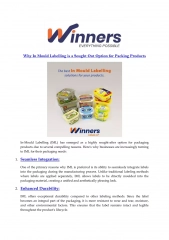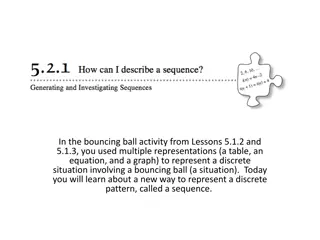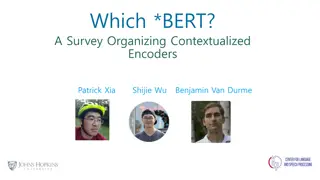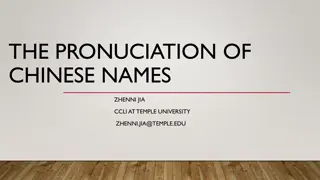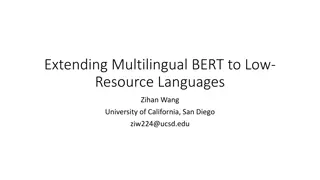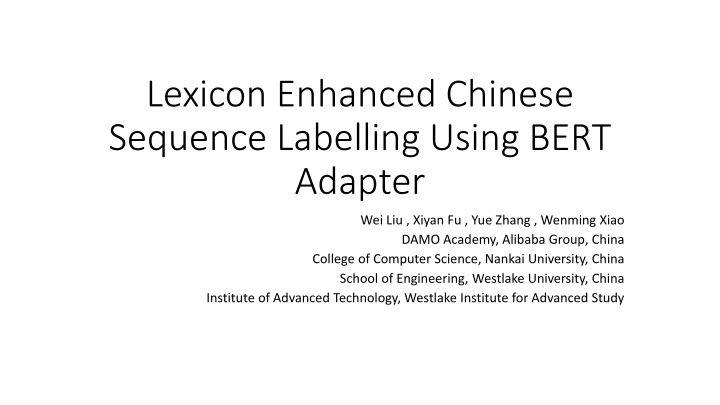
Innovative Chinese Sequence Labeling with Lexicon-Enhanced BERT Adapter
Explore the cutting-edge integration of lexicon features and BERT through Lexicon-Enhanced BERT (LEBERT) for Chinese sequence labeling tasks. This innovative approach dynamically integrates contextual representations and lexicon information, enhancing character-based neural models for improved accuracy in Chinese text analysis.
Download Presentation

Please find below an Image/Link to download the presentation.
The content on the website is provided AS IS for your information and personal use only. It may not be sold, licensed, or shared on other websites without obtaining consent from the author. If you encounter any issues during the download, it is possible that the publisher has removed the file from their server.
You are allowed to download the files provided on this website for personal or commercial use, subject to the condition that they are used lawfully. All files are the property of their respective owners.
The content on the website is provided AS IS for your information and personal use only. It may not be sold, licensed, or shared on other websites without obtaining consent from the author.
E N D
Presentation Transcript
Lexicon Enhanced Chinese Sequence Labelling Using BERT Adapter Wei Liu , Xiyan Fu , Yue Zhang , Wenming Xiao DAMO Academy, Alibaba Group, China College of Computer Science, Nankai University, China School of Engineering, Westlake University, China Institute of Advanced Technology, Westlake Institute for Advanced Study
Introduction Chinese sequence labeling is more challenging due to the lack of explicit word boundaries in Chinese sentences. There are two lines of recent work enhancing character-based neural Chinese sequence labeling The first considers integrating word information into a character- based sequence encoder, so that word features can be explicitly modeled The second considers the integration of large-scale pre-trained contextualized embeddings, such as BERT
Introduction Recent work considers the combination of lexicon features and BERT The main idea is to integrate contextual representations from BERT and lexicon features into a neural sequence labeling model
Introduction Inspired by the work about BERT Adapter, we propose Lexicon Enhanced BERT (LEBERT) to integrate lexicon information between Transformer layers of BERT directly. A lexicon adapter is designed to dynamically extract the most relevant matched words for each character using a char-to-word bilinear attention mechanism
Method Char-Words Pair Sequence Given a Chinese Lexicon D and a Chinese sentence with n characters ??= {?1, ?2, ..., ??}
Method Lexicon Adapter Each position in the sentence consists of two types of information, namely character-level and word-level features.
Method To align those two different representations, we apply a non-linear transformation for the word vectors: To pick out the most relevant words from all matched words, we introduce a character-to-word attention mechanism. Specifically, we denote all ??? (??1 The relevance of each word can be calculated as: ?assigned to i-th character as ??= ?, ..., ??? ?)
Method we can get the weighted sum of all words by: Finally, the weighted lexicon information is injected into the character vector by:
Method Lexicon Enhanced BERT Given a Chinese sentence with n characters ??= {?1, ?2, ..., ??}, we build the corresponding character-words pair sequence ???= {(?1, ??1), (?2, ??2),..., (??, ???)}. To inject the lexicon information between the k-th and (k + 1)-th Transformer, we first get the output ??= { 1 successive Transformer layers Then, each pair ( ? which transforms the ?? pair into ?, 2 ?, ..., ? ?} after k ?, ?? ??) are passed through the Lexicon Adapter ? ?
Experiments Datasets We evaluate our method on ten datasets of three different sequence labeling tasks, including Chinese NER, Chinese Word Segmentation, and Chinese POS tagging.
Experiments Model-level Fusion vs. BERT-level Fusion
Discussion Adaptation at Different Layers

